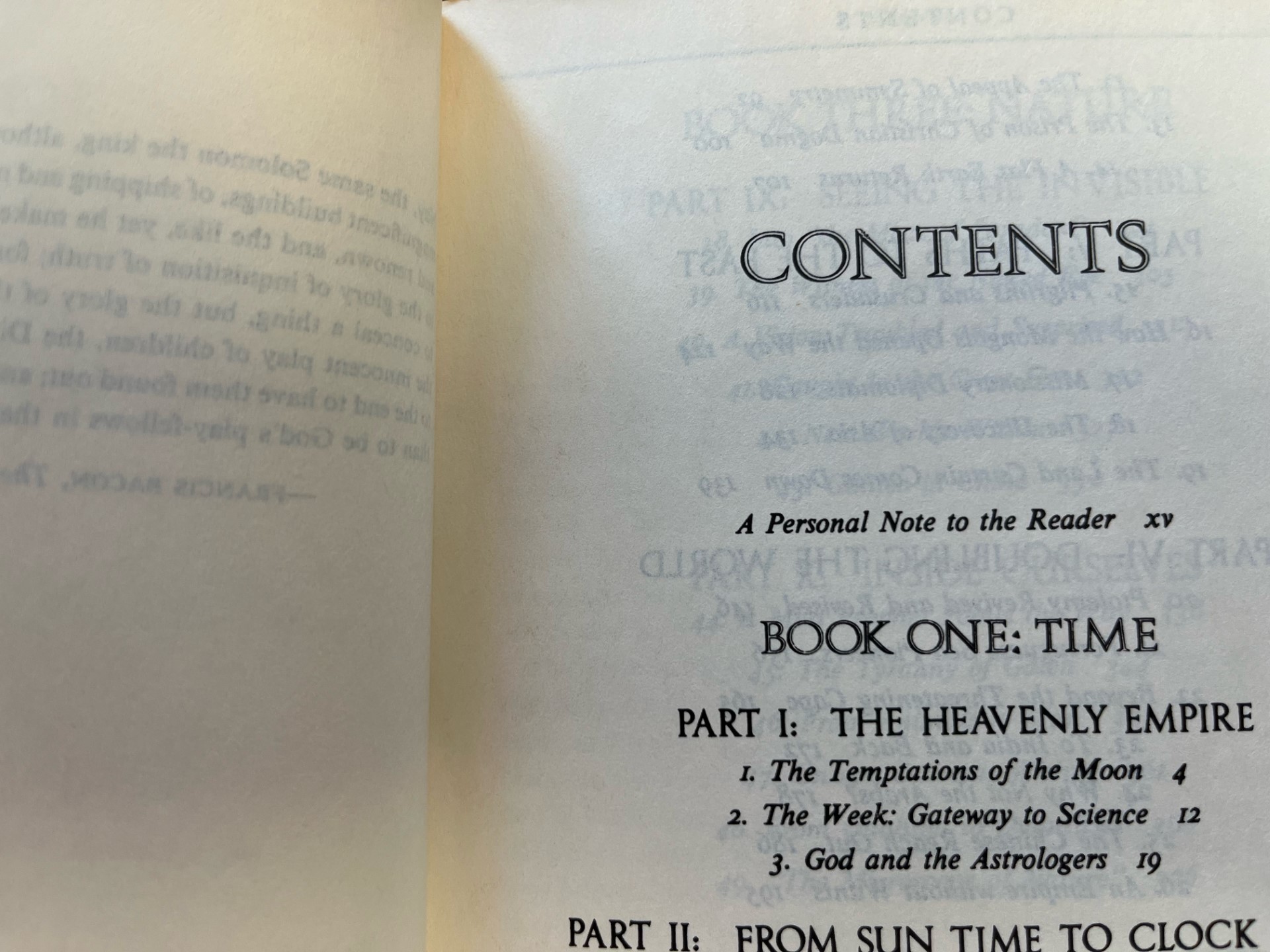We all do it. We open the cover of our brand-new novels and… skip five pages until we can finally get to the beginning. What are all of those pages there for? They seem to have no purpose other than extra wasted paper. Unbelievably, those pages have very specific purposes. Understanding what the different parts of a book are will help us appreciate the story more and give us useful knowledge for finding things in any book in the future.
Table of Contents
This one is pretty commonly known and understood. However, if you are struggling, a brief table of contents introduction will do you well. While not all novels have it, many do, and pretty much every other type of book will feature one of these. It consists of a list of segments in the book and the corresponding page number of where they begin. It will include chapters, prologues, epilogues, appendixes, and more, sometimes even a list of images.
Front Matter
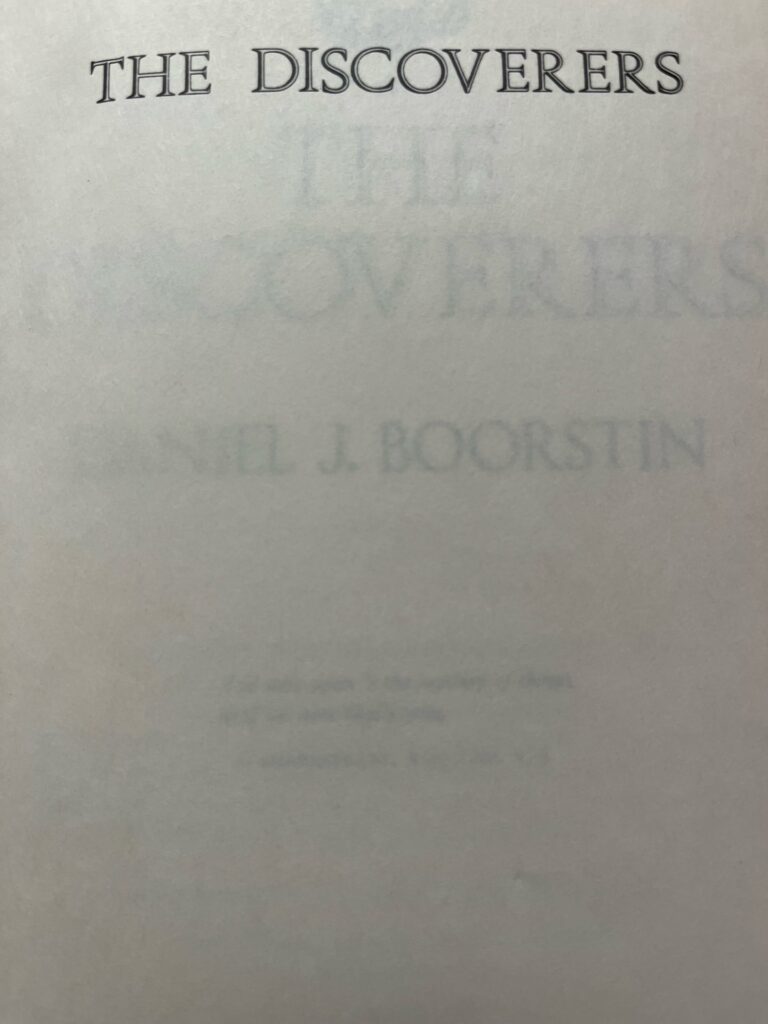
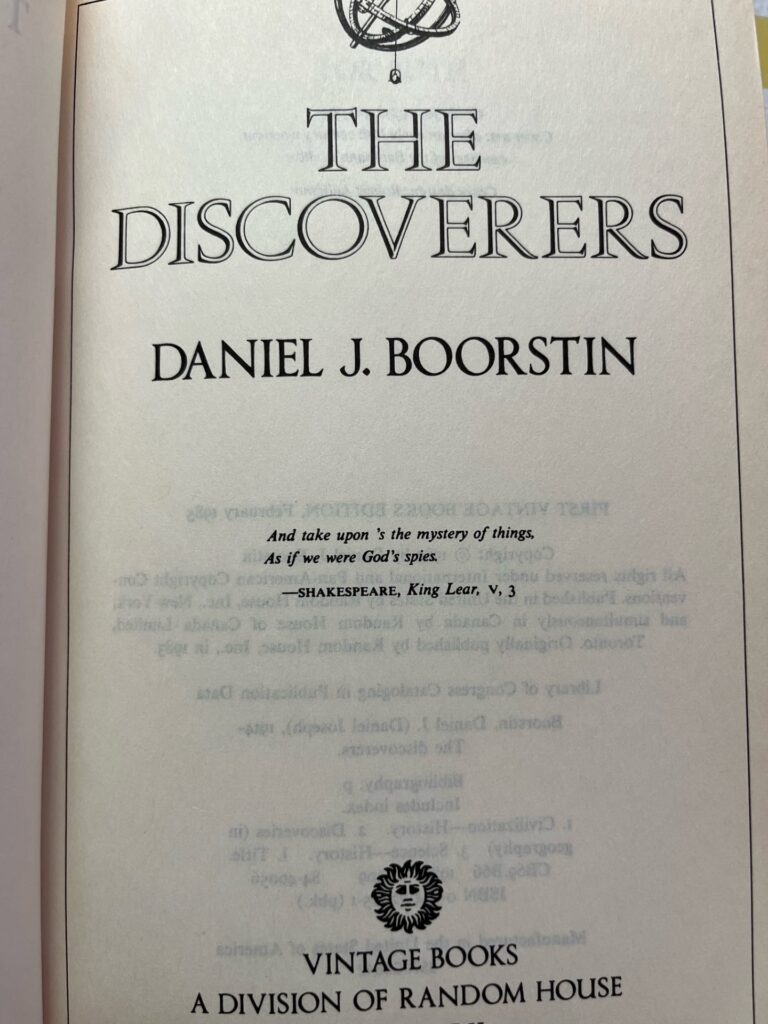
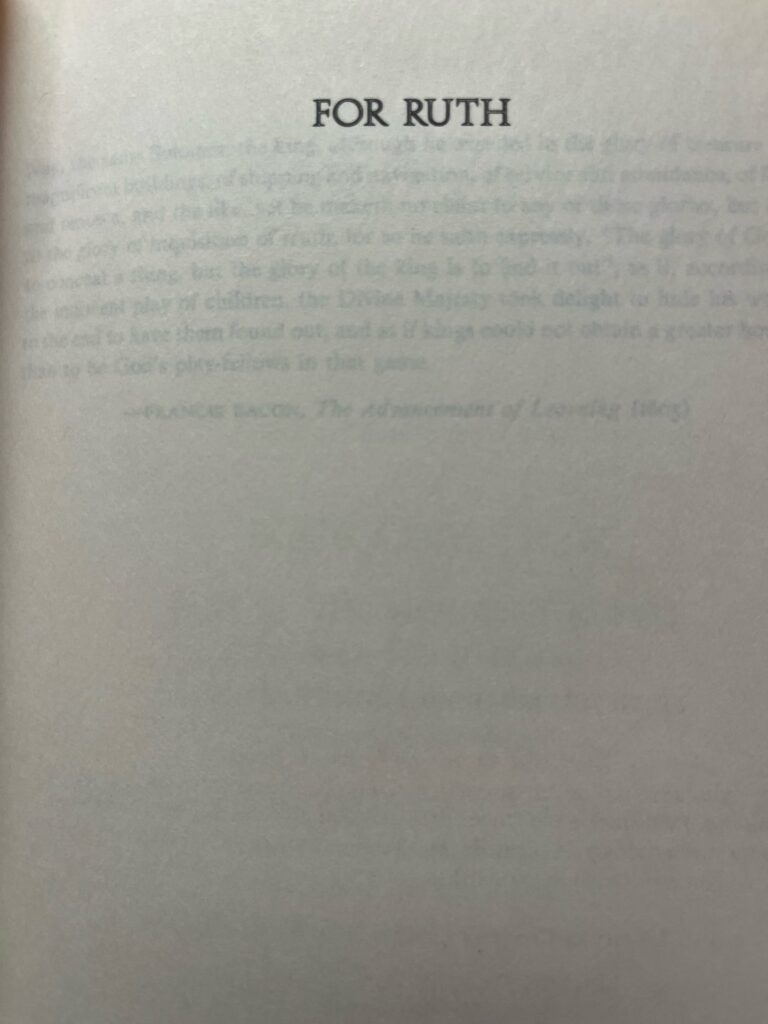
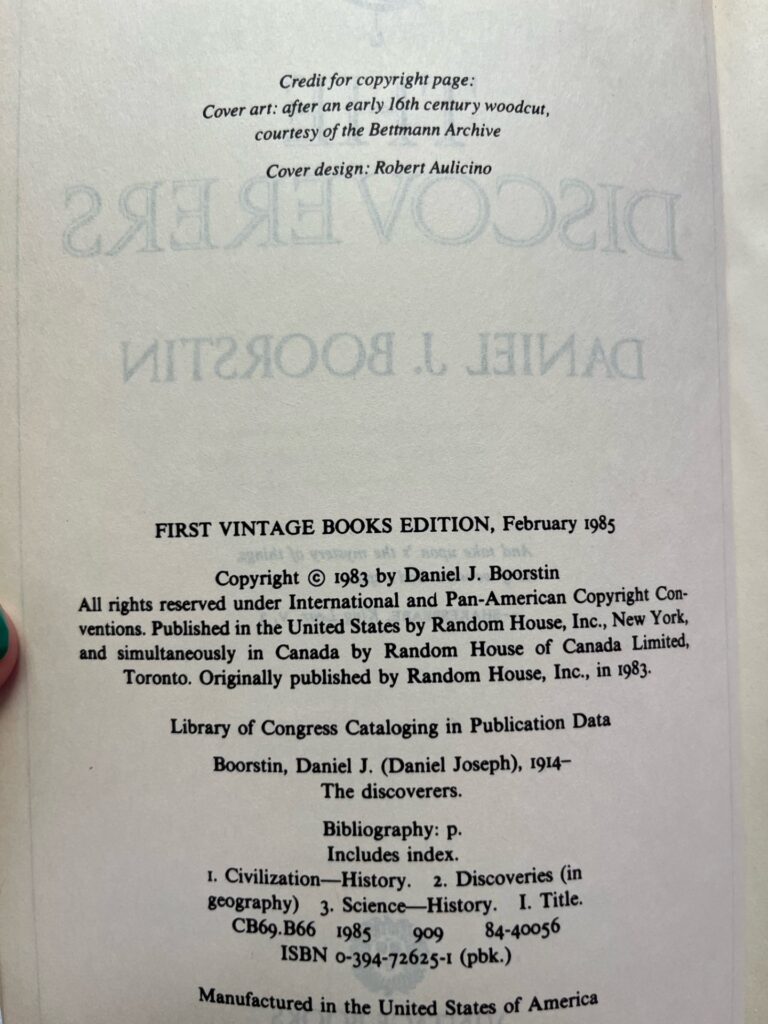
- Accolades: Typically one of the first pages you might turn to in your book, this is a list of praises for the author or their work. In the form of quotes, it shares monumental or well-esteemed literary figures who have commented positively on the book you are about to enjoy.
- Half-Title Page: If you find a page with nothing but the title and a large amount of empty space, do not be alarmed. This is space where an author’s signature could go. Its simple, un-embellished appearance can be a nice, fresh beginning to the book.
- Copyright Page: This page will include a list of important information about the publisher and the book itself. Some quick things you might need to find can include the publishing date, name of publisher, ISBN number, and much much more information.
- Title Page: This page, necessary in every book, is naturally very similar to the half-title page. One major difference is that it includes the author and publisher as well as the title. It does not allow room for much empty space.
- Dedication: Almost always a one-liner, this is the space an author uses to put their work in honor of someone else who has inspired them as they have been writing the book. It is often a close family member or dear friend.
Body Matter
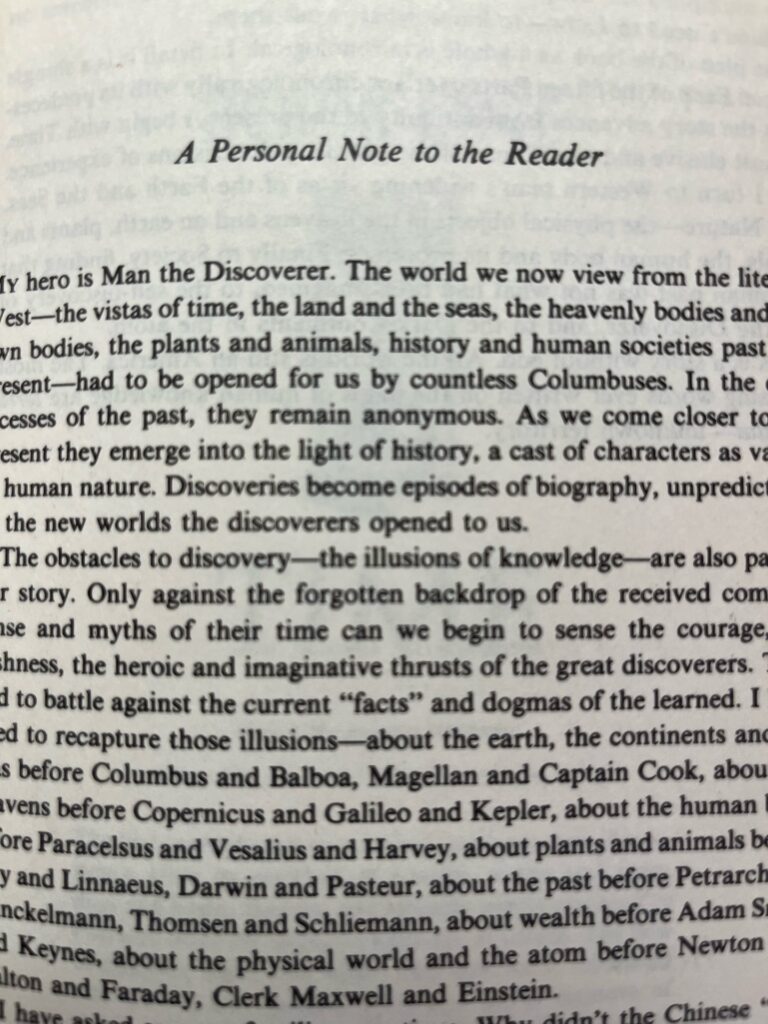
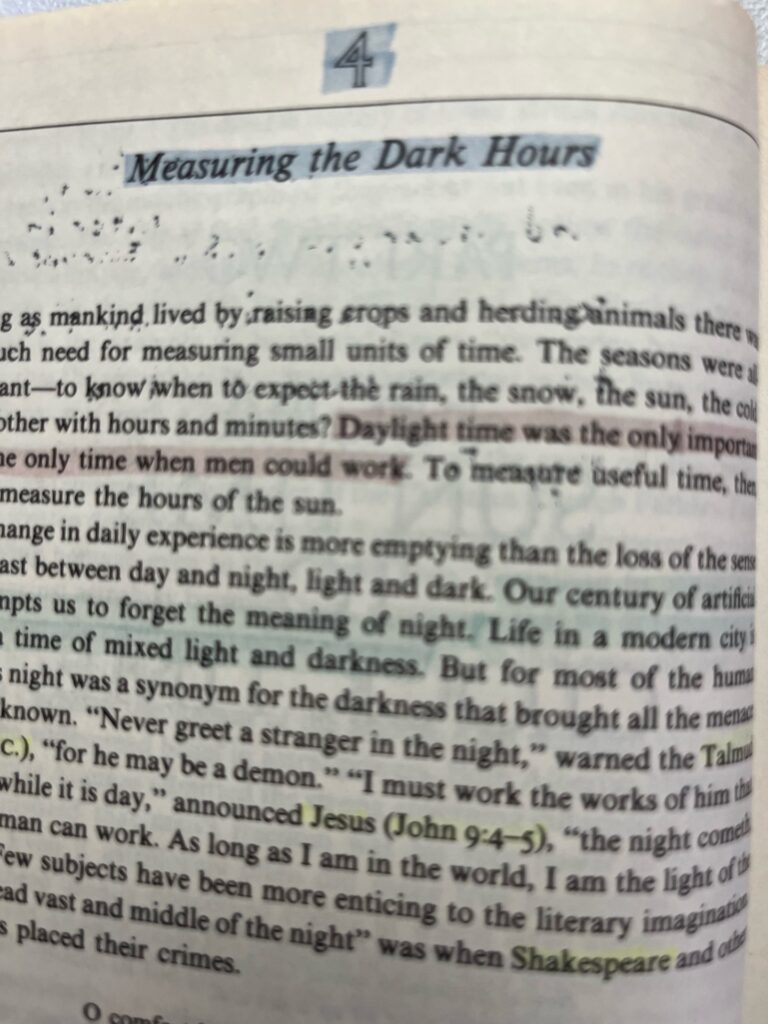
- Preface/ Introduction: This is an author’s chance to give some explanation to the book they have written. While some may be merely prefacing you to what you are going to read, more often than not they are giving the emotional background and the heart behind their work.
- Foreword: This is typically written by somebody besides the author. It explains the theme or history of the book and helps summarize the plot.
- Prologue: A prologue is written from the voice of the story. It helps set the mood and is used to get the reader hooked or start their thinking along the right path. It is not skippable!
- Chapters: These classic divisions of the story help to divide it into segments that are easier for us to process. They vary in length but make the task of understanding the story much more feasible no matter what.
- Afterword/ Epilogue: This is the prologue on the other side of the story. It gives closure, summarizes the message, or foretells the future.
Back Matter
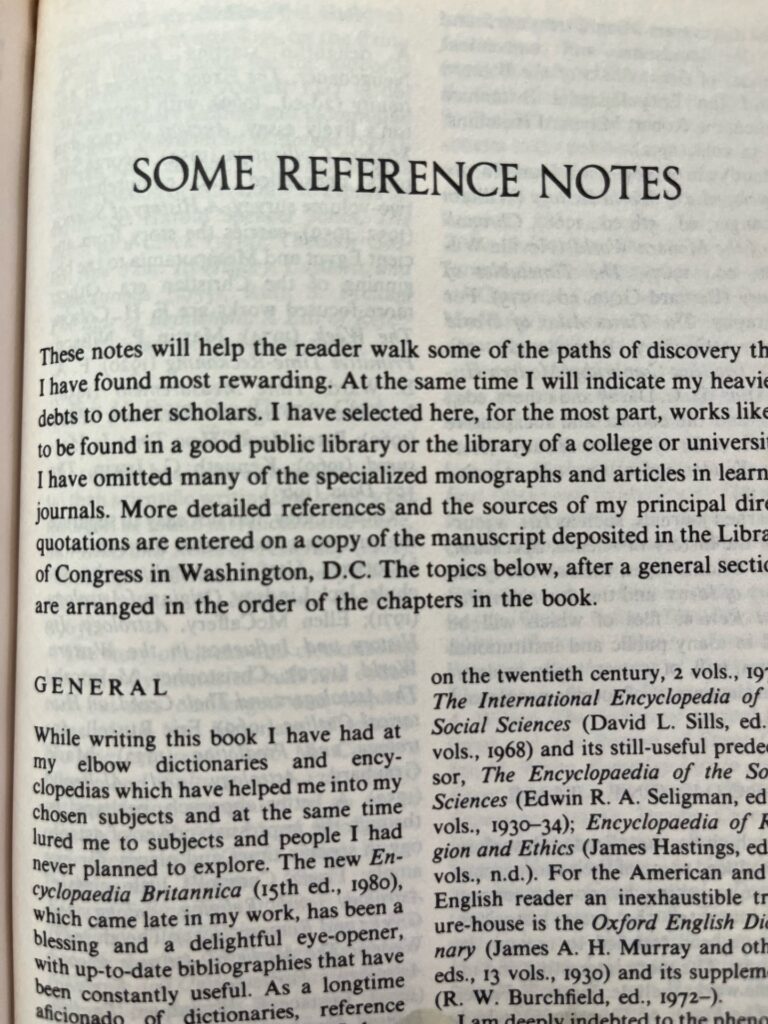
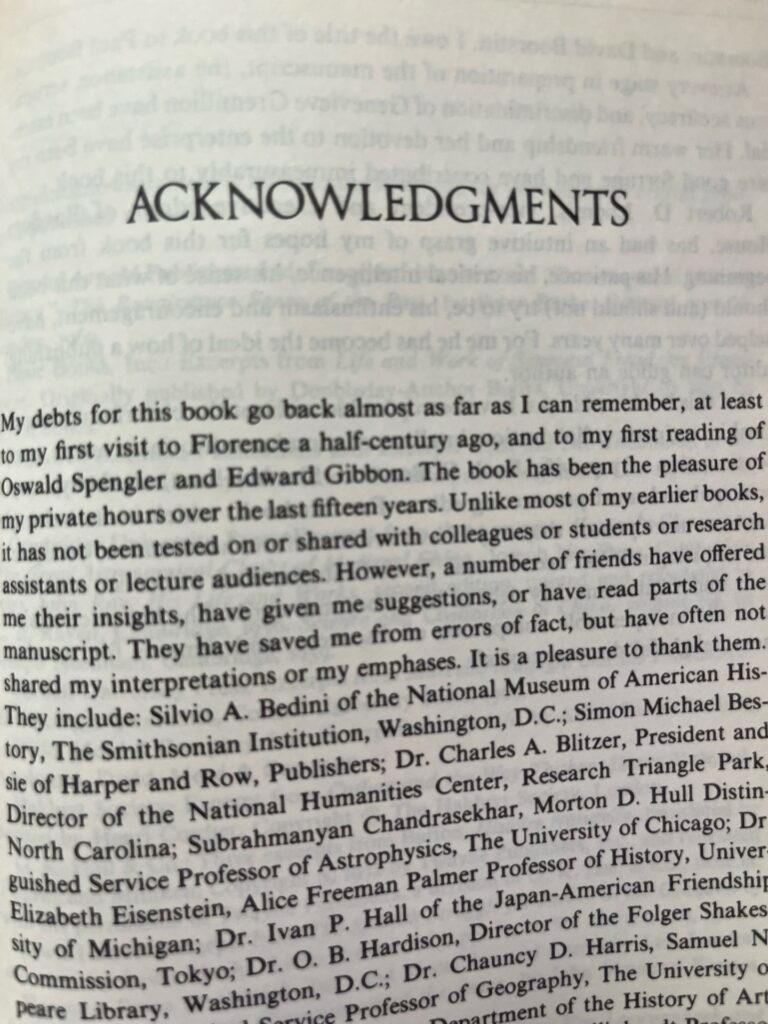
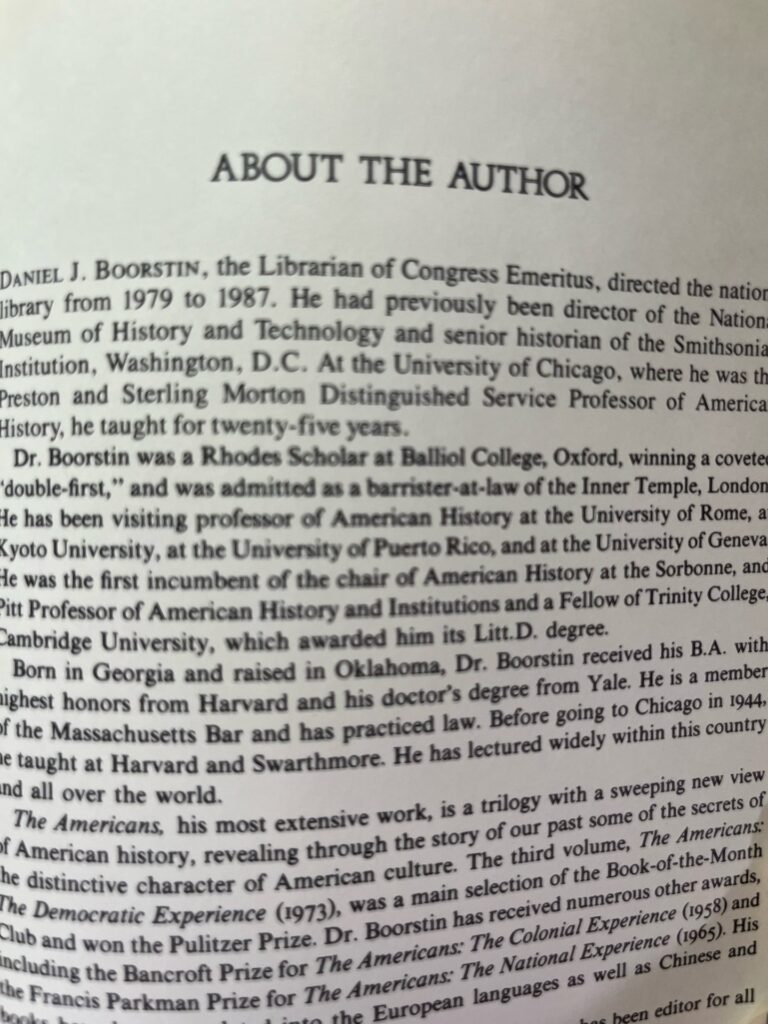
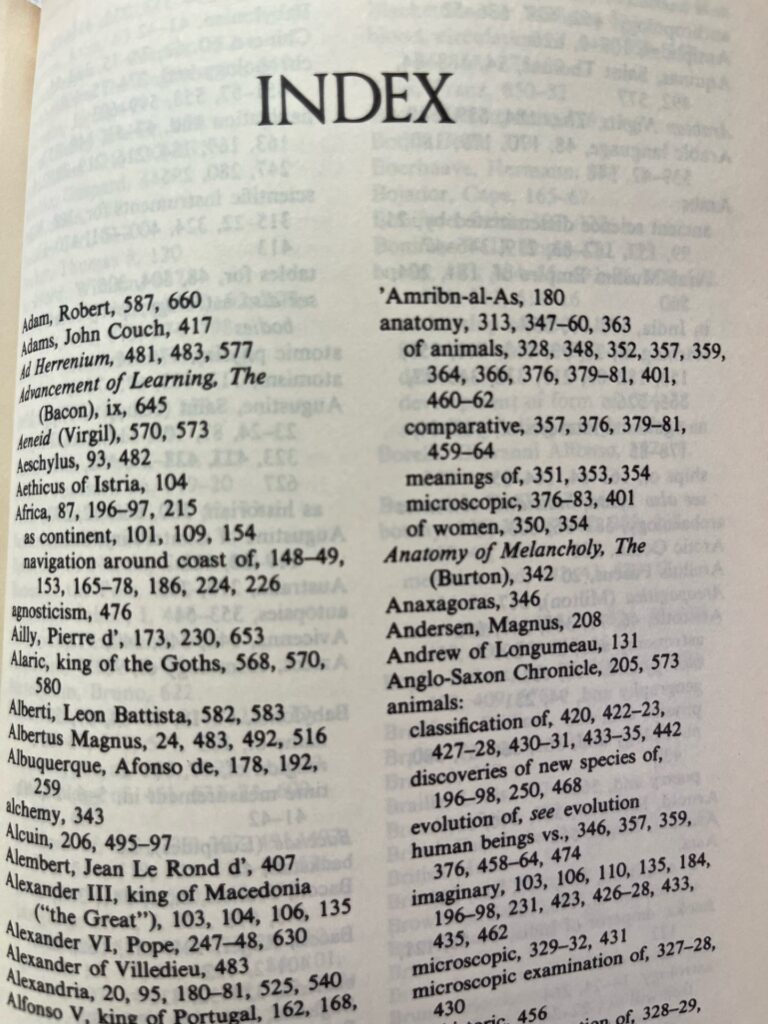
- Acknowledgments: This section is devoted to giving credit to those that have helped an author complete their work. While sometimes it is more general, often they will name specific names in giving thanks.
- Glossary: This is a very helpful alphabetical list of words that may be hard to understand or are important to the book, along with their respective meanings.
- Index: Also alphabetical, this is a useful list of topics found in the book, along with page numbers referring to where they are mentioned. This is super important for researchers trying to find something quickly.
- Bibliography/ End Notes: This spot gives credit to any outside sources the author has used to compile their book. If research is greatly important to their work, they will source it in text as well.
- Discussion Questions: Sometimes authors will include questions that can be used to spark conversation about the book, helpful for book clubs or schools.
- Author Biography: This section gives a little information about the author. It can include their previous work, a little about their career, day-to-day life, or interests.
It is all too easy to skip over those uninteresting pages at the beginning and end that have such little purpose. But those pages are made to increase our appreciation of the author and their hard work. It is also helpful to understand what they mean if you ever plan on citing the book for some purpose. It is good for us to understand the books we are reading. I hope the next time you open a story you will see the stuff that brought it to life as much as the story itself.
